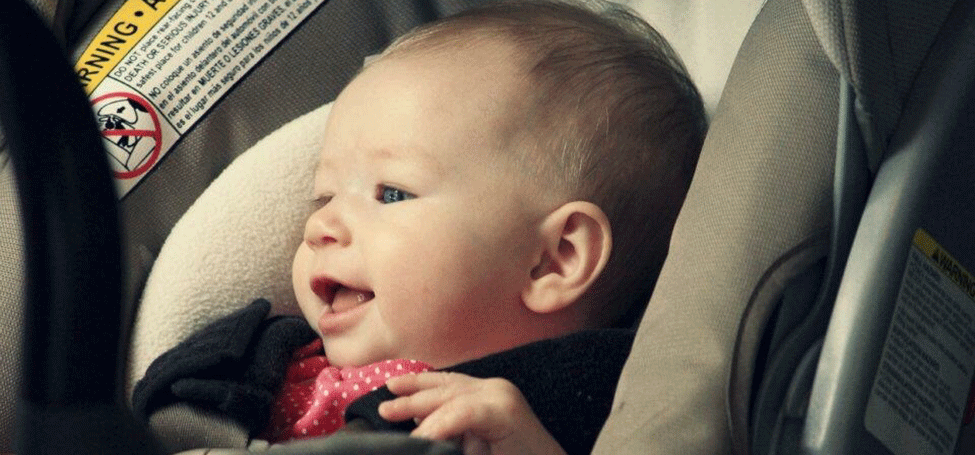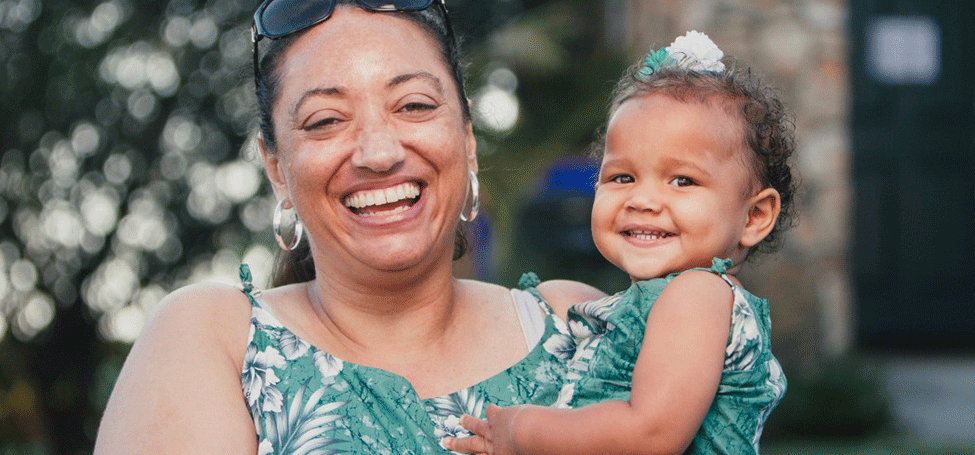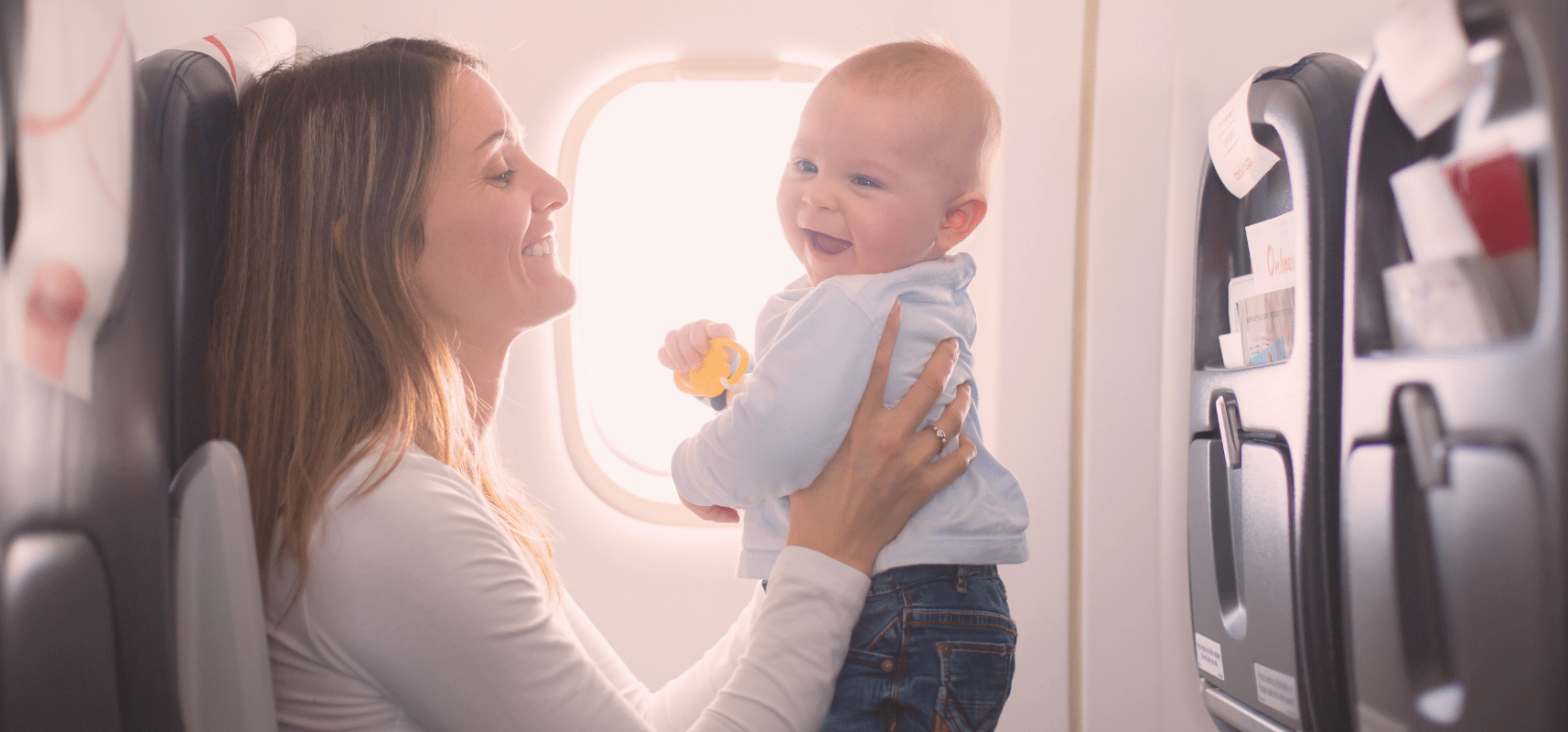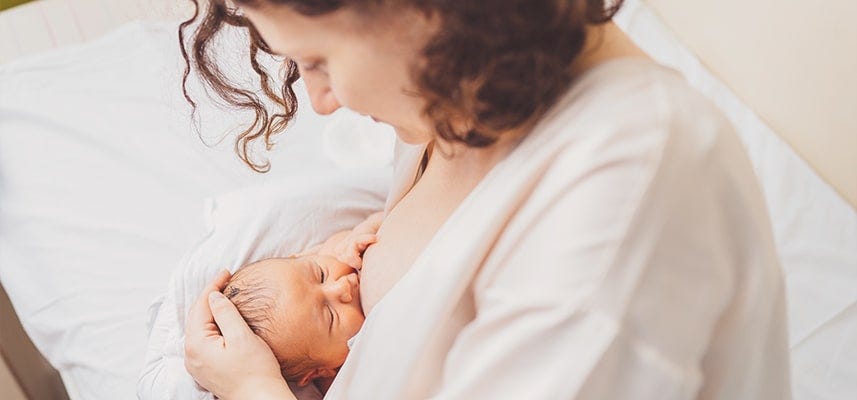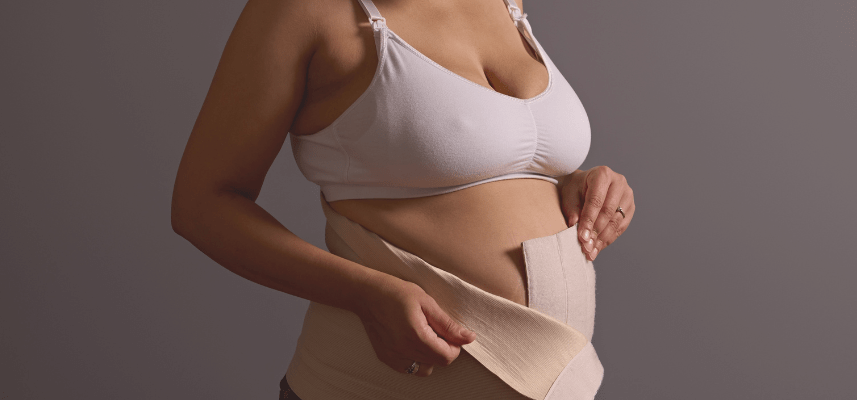It’s time to celebrate Baby Safety Month! Held every September, this month-long event was created to serve as a guide for how to pick and use products safely. Here are some of our favorite tips.
Car Seats
From the moment you leave the hospital with baby, having a properly installed car seat is essential. Checking your vehicle manual is a good first step to make sure your selected car seat is compatible. The seat should comfortably fit in the middle seat in the back, and if you have an infant, you’ll need a rear-facing seat with a harness system to protect baby’s spine and neck.
When installing the car seat:
- Read the manual first. Make sure you understand the instructions and follow them exactly.. It’s perfectly fine if you need to read the instructions two to three times before getting started, understanding them is vital for optimal safety.
- When placing the car seat in your vehicle, make sure it faces the back seat and that the base is flat.
- Make sure the latches are straight and free of any tangles, then attach the latches to their corresponding anchors.
- Tighten the base to achieve a snug fit, which might take a bit of effort. Then wiggle the base and make sure it doesn’t move more than one inch in any direction. If it does, then it’s not tight enough.
- Make sure your infant car seat is reclined at about a 45-degree angle to help keep your child’s airway opens. The angle will need to be adjusted as your child grows.
- Refer to your infant’s weight and size, not their age, when placing them in larger or front facing car seats. Each seat will list their maximum weight and height.
Baby Safety At Home
Once you have a baby, you’ll need to look at your home with a completely new lens, and that can take time. Give yourself about three months to tackle baby proofing projects. A few priorities before bringing baby home should include:
- Check your baby furniture like your crib and other items to make sure they were properly put together. They should be sturdy without any loose or missing parts. Also, check to see if any of your baby furniture has been recalled.
- Place the crib away from windows, lamps, heaters, wall decorations, and cords.
- Then remove any blankets, pillows, plushies, toys, and more from the baby’s crib and other furniture to prevent overheating and suffocation.
- Be prepared for emergencies by making sure your fire alarms and carbon monoxide detectors are functioning. Get an extinguisher and learn how to use it and have a fire escape plan.
- Have a working landline in case the power goes out and keep a list of emergency numbers and contacts nearby. Don’t forget to list your partner’s number, poison control, and more.
- Make sure your home is slip-proof. Rugs should be on non-skid liners and all railings should be secure. Place a non-slip rug under the changing table.
Baby Sleeping Safety
A few simple techniques can ensure a safe sleeping area for baby, helping to reduce the risk of sudden infant death syndrome (SIDS), strangulation, and suffocation.
- As mentioned above - keep his/her crib free of pillows, blankets, toys, etc. The mattress should only be covered with a tight fitting sheet.
- Always place your baby on its back for naps and during the night. If your baby is on its side then it can roll on its stomach more easily.
- Also, don’t place your baby to sleep anywhere it could roll off an edge. Avoid placing them on couches, armchairs, and more.
- If your baby falls asleep in a stroller, swing, car seat, or more, gently place them on a flat surface to sleep on their back as soon as you can.
- Your baby should sleep in your room until they reach six months to a year in age. However, do not share your bed, let them sleep in his or her crib.
- If you could fall asleep while nursing lay in your bed without soft blankets or pillows around. Avoid nursing in chairs or on the couch if you feel fatigued.
- Never let your baby sleep on a boppy or nursing pillow
- It’s fine to swaddle your baby as long as they’re placed on their back and aren’t squirming as if they’re trying to roll over. Never swaddle them too tight. If you’re concerned about your nugget’s temperature remember they should only be in one extra layer. Flushed cheeks, fussiness, and a sweaty back are signs of overheating.
- Offering your child a pacifier at bedtime can help soothe them and reduce the risk of SIDS. If you aren't breastfeeding, offer the pacifier at any time. If you are breastfeeding, wait until it’s going well (which usually takes two to three weeks) to offer it.
Information provided in blogs should not be used as a substitute for medical care or consultation.

